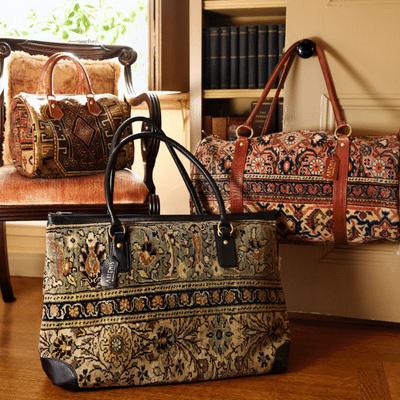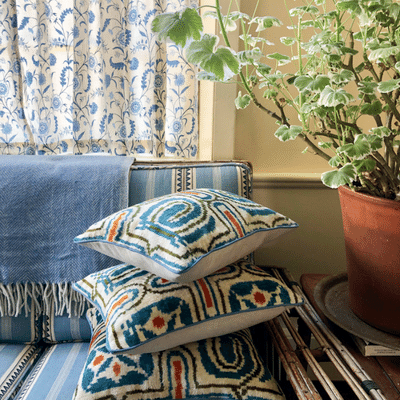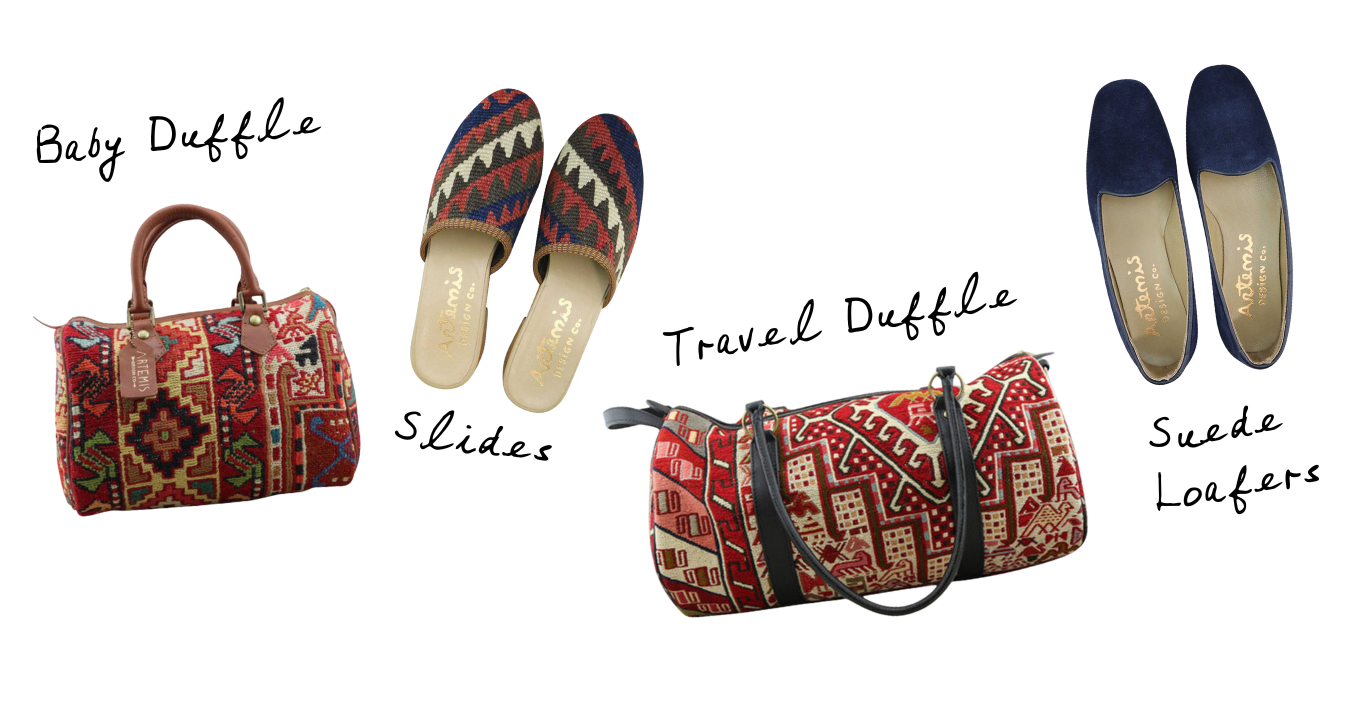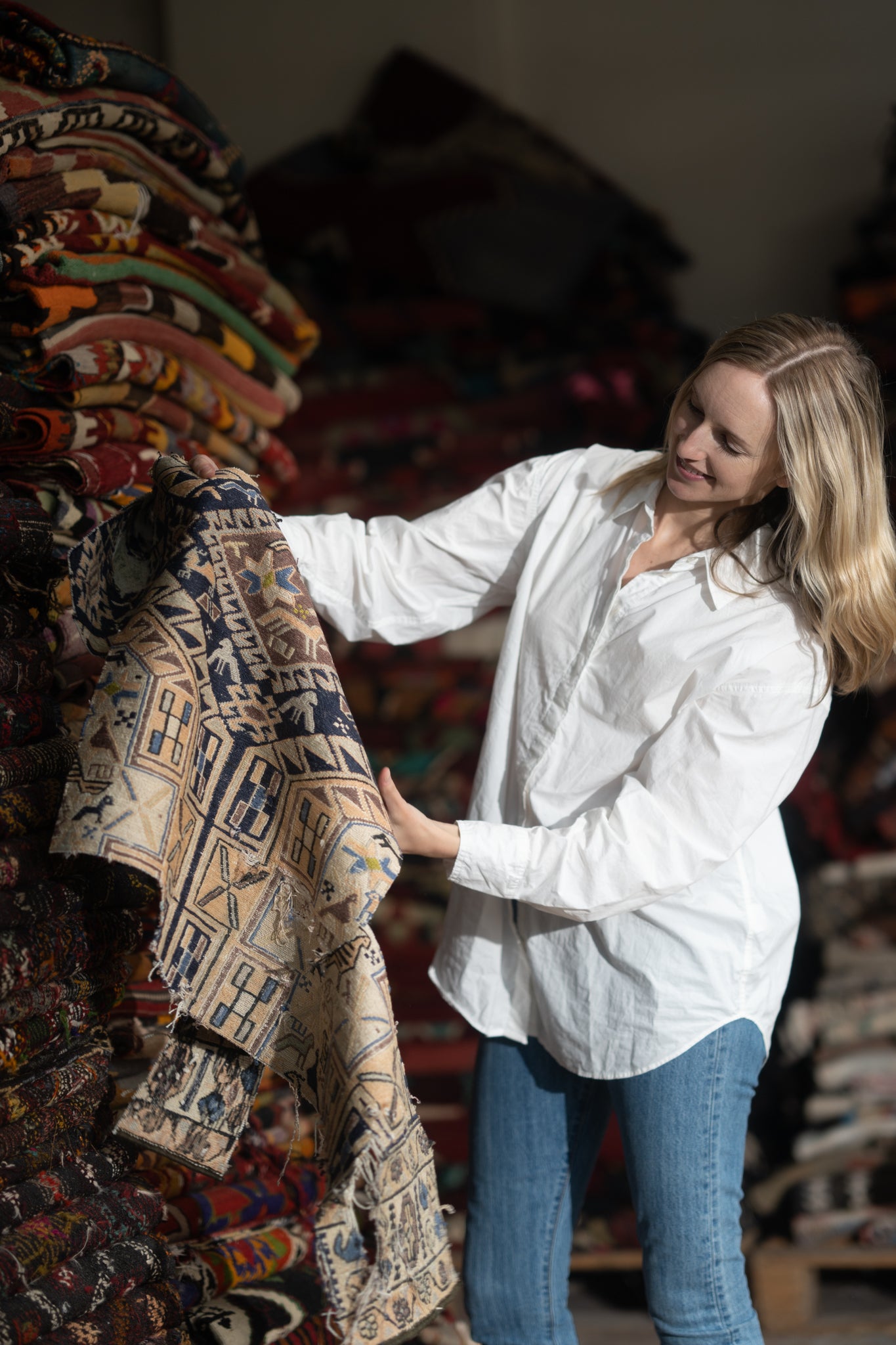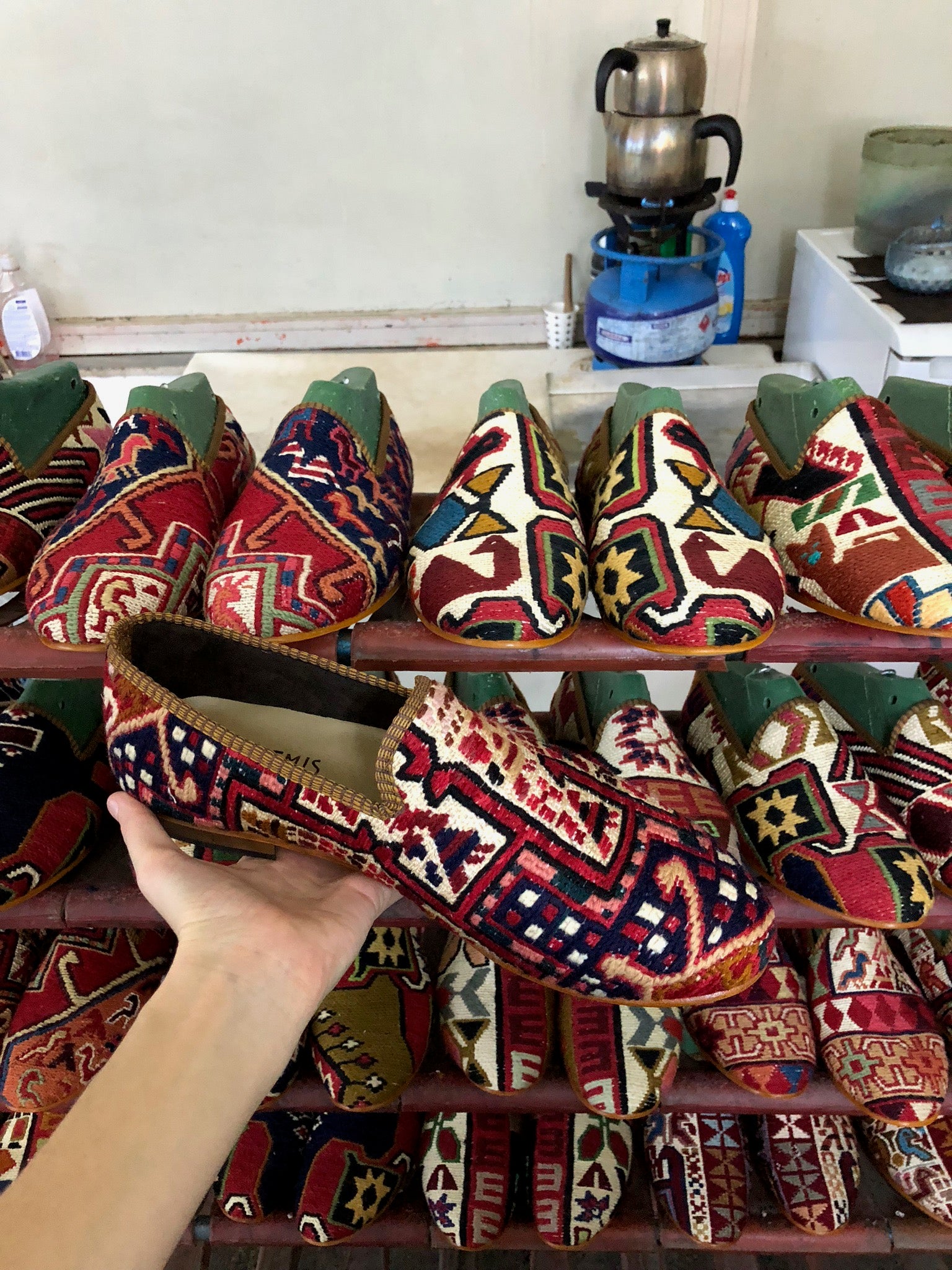How to shop for a Kilim Carpet (do's and don't's!)

Rug shop in Tehran's Grand Bazaar © Kamyar Adl / Flickr
It’s not surprising that people who enjoy our kilim shoes also have an eye for kilim carpets. We’re frequently asked to give our advice on how to shop for a kilim carpet. We’ll provide some of our most frequent answers below.
But before we go on, a quick primer on kilim carpets: kilim carpets represent a distinct category of oriental rug. They are known for their tighter weave and lack of pile, and are generally made from wool, cotton, silk, and goat’s hair. While the kilim carpet is most closely identified with Turkey, they were made across what was once the Ottoman Empire, which comprised much of the Middle East. More about kilim carpets here.
Know the measurements ahead of time
This might sound obvious, but you don’t want to experience the frustration of finding the perfect kilim carpet only to question whether its dimensions exceed (or underwhelm) your living space. This is particularly true when it comes to vintage kilims or a foreign kilim market, where returns just won’t be possible. So be sure to measure the spaces you’d like to see covered with a kilim ahead of time and stash them away as a digital note so you’re ready when the right kilim carpet is found.
A couple of tips from Milicent- our flying carpet collector....
“When I’m shopping in Istanbul or Marrakech for carpets, I will go as far as to bring a printed out floor plan of my house with dimensions of every room. You can take it a step further by storing photos of each room on your phone, so you can more easily imagine how the color scheme of the kilim will work with your current decor.”
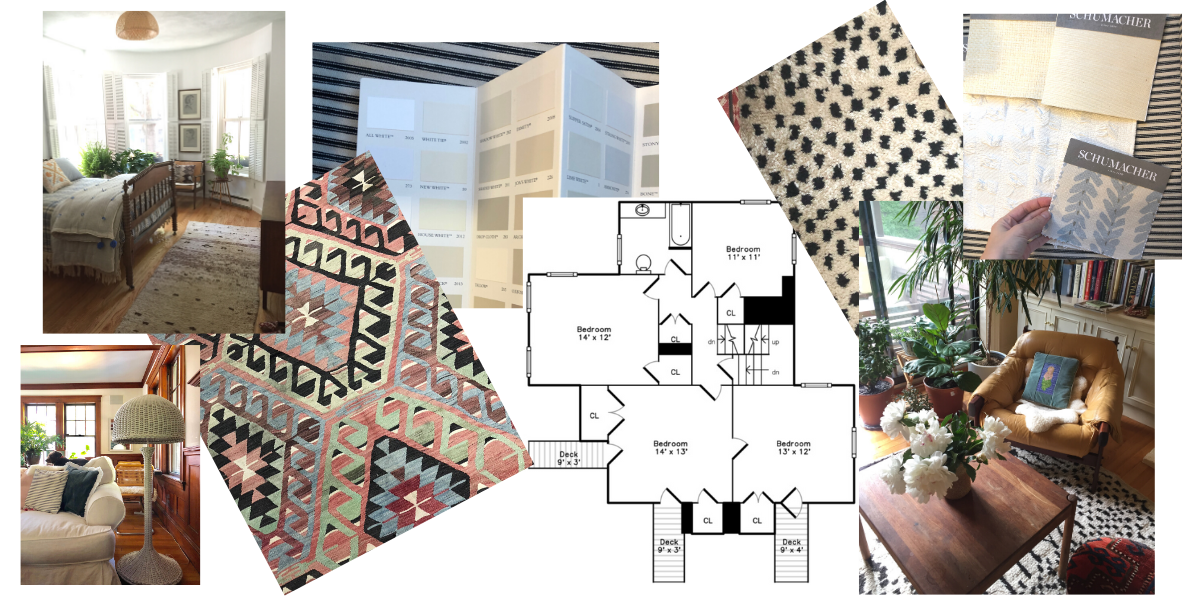
“Buy the largest carpet you can afford for each room. It looks so nice to have a rug that comes to 6 inches or so from the edge of the walls. And there’s nothing worse (in my opinion) than a too-small rug that barely fits under your furniture”
Ask questions
And how can you know if it’s the right carpet? Ask questions. A reputable and authentic dealer should be able to tell you when and where the kilim was made, what fibers it was crafted with, whether it was created using natural or synthetic dyes, and whether the kilim was made by hand or produced in a factory. Most dealers are happy to share their expertise, so sit back and enjoy the stories.
“One of the most interesting aspects of rug collecting (for me), is learning the secret language of Kilim symbols. Every symbol and pattern woven into a carpet has meaning and tells you something about the life of the weaver. You can learn more in our Guide to Reading Kilim Symbols”

Look for signs of craftsmanship
While you wait for the seller to answer the above queries, you can do a bit of your own detective work by examining the kilim for signs of craftsmanship. One reason that natural dyes are preferable to synthetic is because of how natural dyes fade: they tend to retain the vibrancy of color even after fading. Handmade rugs also feature slight imperfections in the weave, particularly at the corners, that owe to the touch of a human hand rather than the straight lines produced by a machine.
Don’t be afraid to bargain—but don’t show your hand
If you are shopping for a kilim carpet at a traditional market (like the Grand Bazaar in Istanbul!), you should be prepared to haggle. In most cases, the price offered by the seller has been inflated to take haggling into account, so don’t be afraid to offer a lower price and see how the seller responds. But most of all, don’t announce the limits of your budget to the seller; doing so is like revealing your hand in a game of poker, and it will leave you at a bargaining disadvantage. On the other hand, it’s considered rude not to purchase a piece if you name a “final price” and the seller comes down to meet it.
Now that you've got your beautiful Kilim, learn all about how to care for it here.




